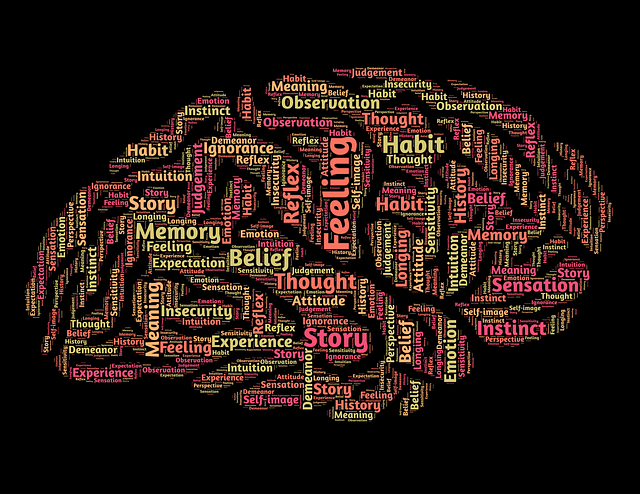
Sound is an essential part of the human experience, influencing our emotions and shaping our perceptions of the world around us. Sound designers understand this intimately, and they use their expertise to create soundscapes that evoke specific emotions and moods in the viewer or listener. In this article, we’ll explore the psychology of sound design and examine how sound effects can affect emotion and mood.
What is Sound Design?
Sound design is the process of creating sound effects, music, and other auditory elements for film, television, video games, and other forms of media. It’s an art that requires a deep understanding of sound and its role in storytelling. A skilled sound designer can create soundscapes that transport the audience to different worlds, evoke specific emotions, and enhance the visual experience.
How Sound Affects Emotion
Sound has a direct and powerful impact on our emotions. Research has shown that music can affect our mood, heart rate, and blood pressure, while certain sounds can trigger memories and evoke specific emotions. Sound designers use this knowledge to create soundscapes that support the storytelling and elicit emotional responses in the audience.
For example, a suspenseful scene in a horror movie might be accompanied by ominous music and eerie sound effects, like creaking doors, footsteps, and distant screams. These sounds can create a sense of unease and tension in the viewer, heightening the suspense and making the scene more frightening.
Similarly, a romantic scene in a movie might be accompanied by soft, romantic music and gentle sound effects, like a whisper or a gentle breeze. These sounds can create a sense of intimacy and closeness between the characters, eliciting feelings of love and affection in the viewer.
How Sound Affects Mood
Sound can also have a significant impact on our mood. Certain types of music, for example, can be energizing and uplifting, while others can be calming and relaxing. Sound designers use this knowledge to create soundscapes that support the intended mood of a scene or film.
For example, a scene set in a bustling city might be accompanied by the sounds of traffic, honking horns, and chatter. These sounds can create a sense of energy and excitement, evoking the hustle and bustle of city life.
On the other hand, a scene set in a peaceful countryside might be accompanied by the sounds of birds chirping, leaves rustling, and a gentle stream flowing. These sounds can create a sense of calm and relaxation, evoking the serenity of nature.
The Power of Sound Effects in Film and Television
Sound effects are an essential part of the filmmaking process, often adding nuance and depth to the visual experience. They can create a sense of realism, heighten the drama, and even become iconic parts of pop culture.
For example, the sound of a lightsaber in the Star Wars franchise is instantly recognizable and has become a defining part of the franchise’s sound design. Similarly, the sound of a TARDIS in Doctor Who is iconic and instantly transports the viewer to the fantastical world of the show.
Sound effects can also be used to create a sense of tension and drama in a scene. The sound of a ticking clock, for example, can create a sense of urgency and heighten the tension in a scene where time is running out. Similarly, the sound of a door creaking can create a sense of unease and foreboding, signaling the arrival of an unknown or dangerous character.
Creating Soundscapes for Video Games
Sound design is just as important in video games as it is in film and television. In fact, sound design can be even more critical in video games, where the sound can provide important feedback and information to the player.
For example, the sound ofa gun firing in a first-person shooter game can provide the player with crucial information about their actions, such as whether they have hit their target or need to reload their weapon. Similarly, the sound of footsteps in a horror game can create a sense of tension and fear, signaling the approach of a dangerous enemy.
In addition to providing feedback and information, sound design in video games can also shape the player’s emotional and mood responses to the game. The music and sound effects in a game can create a sense of excitement, tension, or relaxation, depending on the intended mood of the game.
For example, a racing game might have fast-paced, energetic music and sound effects to create a sense of excitement and adrenaline, while a puzzle game might have more calming music and sound effects to help the player focus and concentrate.
Conclusion
In conclusion, the psychology of sound design is a complex and essential part of the filmmaking and video game industries. Sound designers use their knowledge of sound and its impact on emotion and mood to create soundscapes that transport the viewer or player to different worlds, elicit emotional responses, and enhance the visual experience.
Sound effects, music, and other auditory elements are powerful tools that can create a sense of realism, heighten the drama, and become iconic parts of pop culture. By understanding the psychology of sound design, sound designers can create soundscapes that enhance the storytelling and create memorable experiences for the audience.



